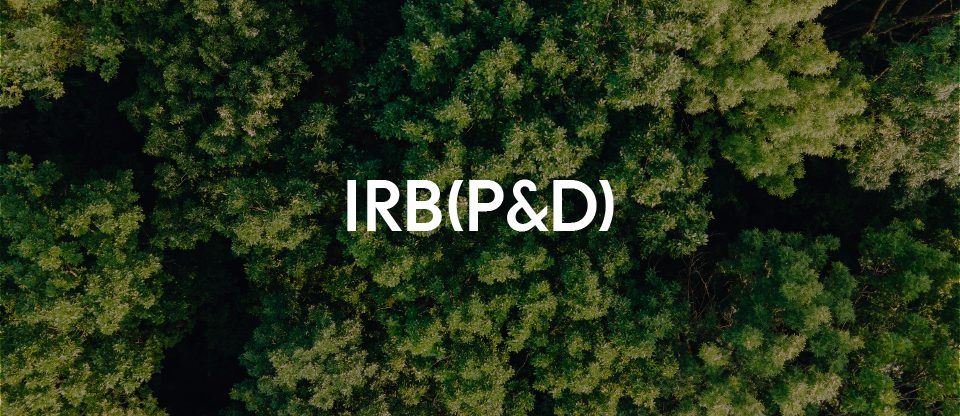The area dedicated to research and development of IRB(Re) collects and analyzes consolidated data on the floods that affected the state in April and May of last year
Deforestation, failures in the management of the Guaíba River’s sluice gates, and blockage of drainage channels worsened the tragedy caused by the heavy rains that hit Rio Grande do Sul (RS) between April and May 2024. This is highlighted in a detailed technical report published today (05/2) by IRB(P&D), an area exclusively dedicated to research and development within IRB(Re). The analysis, which consolidates data on the tragedy, also highlights the influence of the El Niño phenomenon and the atmospheric blockage that maintained high rainfall concentrations in the region.
According to the report, 2.4 million people were affected by the floods, which resulted in 58,000 insurance claims, totaling R$ 6.04 billion in losses, according to data from the National Confederation of General Insurance Companies, Private Pension and Life Insurance, Supplementary Health, and Capitalization (CNseg).
IRB(P&D) emphasizes that the reconstruction of RS will require coordinated efforts from the public and private sectors, as well as from civil society. According to calculations by the Federation of Business Entities of Rio Grande do Sul (Federasul), the reconstruction may require investments of up to R$ 176 billion. Given the alarming scenario, the report highlights the need for more effective public policies to prevent climate disasters. Measures such as sustainable urban planning, reforestation, and improvements to drainage infrastructure are essential.




